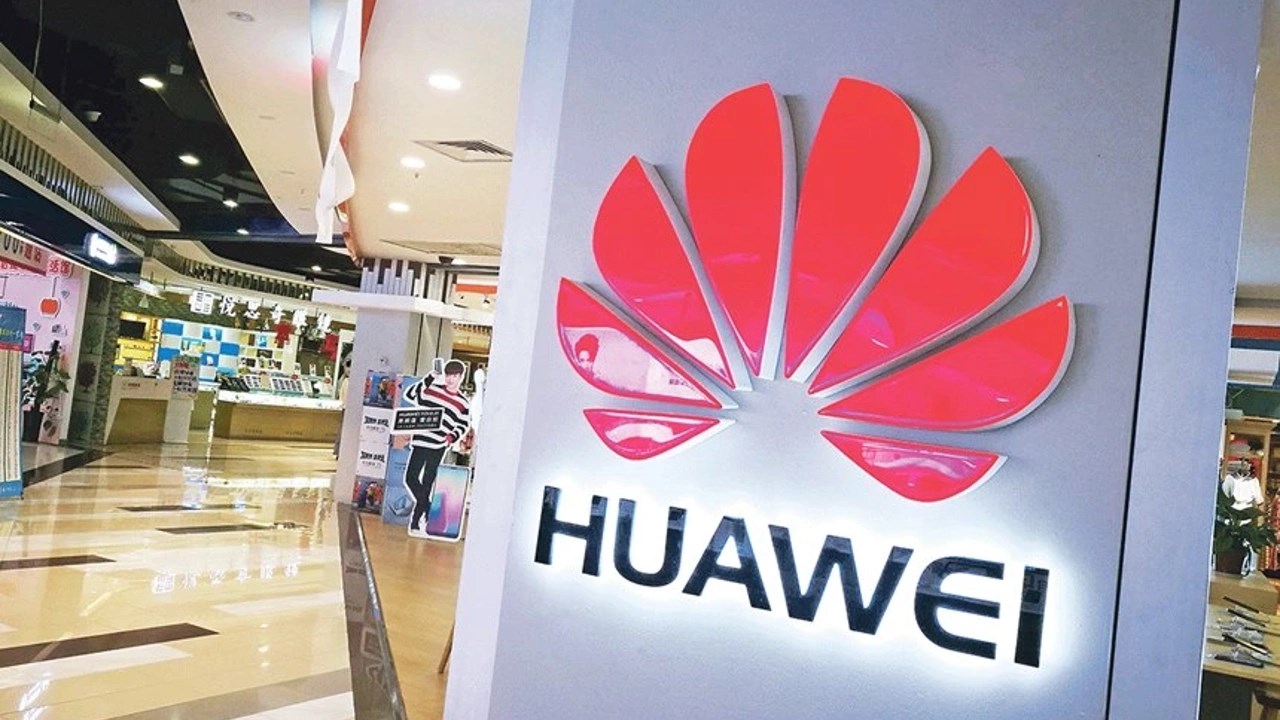
According to the statement made by Huawei, information was given about the efforts to improve global reach at the 2023 Sustainability Forum organized by the company in Xinjiang, China, where its headquarters is located.
Huawei’s information and communications technology solutions have so far “connected” 90 million people in remote parts of the world since the company announced its participation in the International Telecommunications Union’s (ITU) digital alliance “Partner2Connect” program last year. It was reported that it reaches 30 million people annually.
The company stated that it has already reached 75 percent of this target, while committing to provide access to 120 million people without communication infrastructure in rural and remote areas in 80 countries by 2025, within the scope of the program.
In his speech at the opening of the forum, Huawei Chairman Liang Hua emphasized that Huawei has been working to expand the boundaries of information and communication technologies and spread them at the global level for more than 30 years.
Liang stated that as a company, they have built more than 1,500 networks in more than 170 countries and regions to date.
Noting that 400 million people, constituting 5 percent of the world’s population, live in places where there is no mobile communication infrastructure, Liang pointed out that the gap is widening when it comes to internet access.
Liang pointed out that by 2023, 2.6 billion people, which constitute approximately 33 percent of the world’s population, do not use the internet at all, and said that there is a long way to go to provide quality connection to these people living in developing countries and regions where basic services and infrastructure are inadequate.
Stating that Huawei produces integrated solutions to provide quality access to remote areas with the systems called “RuralStar” and “RuralLink” in rural areas, Liang said that these systems provide information and communication services without the need for fiber optic cables and network facilities. He stated that he provided access.
ITU Secretary General Doreen Bogdan-Martin also pointed out that information and communication technologies contribute to the progress required to achieve the United Nations’ Sustainable Development Goals, and emphasized that access to strong communication infrastructure and services at reasonable costs enables countries to increase their competitiveness by developing their digital economy.
Bogdan-Martin said, “We do not have to choose between technology and sustainable development. We need both. Let’s grow together with technology and build the digital future for the progress of the world and humanity.” he said.
The company, which provides voice and mobile data services to 3.5 million people with the project carried out in 172 rural regions with the government in the West African country of Ghana, also increased its coverage in the country from 83 percent to 95 percent.
The “smart tourism” project supported by digital infrastructure and technologies in the historical Khushun town of Tingchong province in southwestern China’s Yunnan province, provided a 5.6 percent increase in the local gross domestic product.